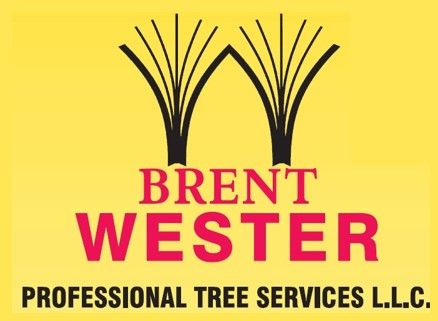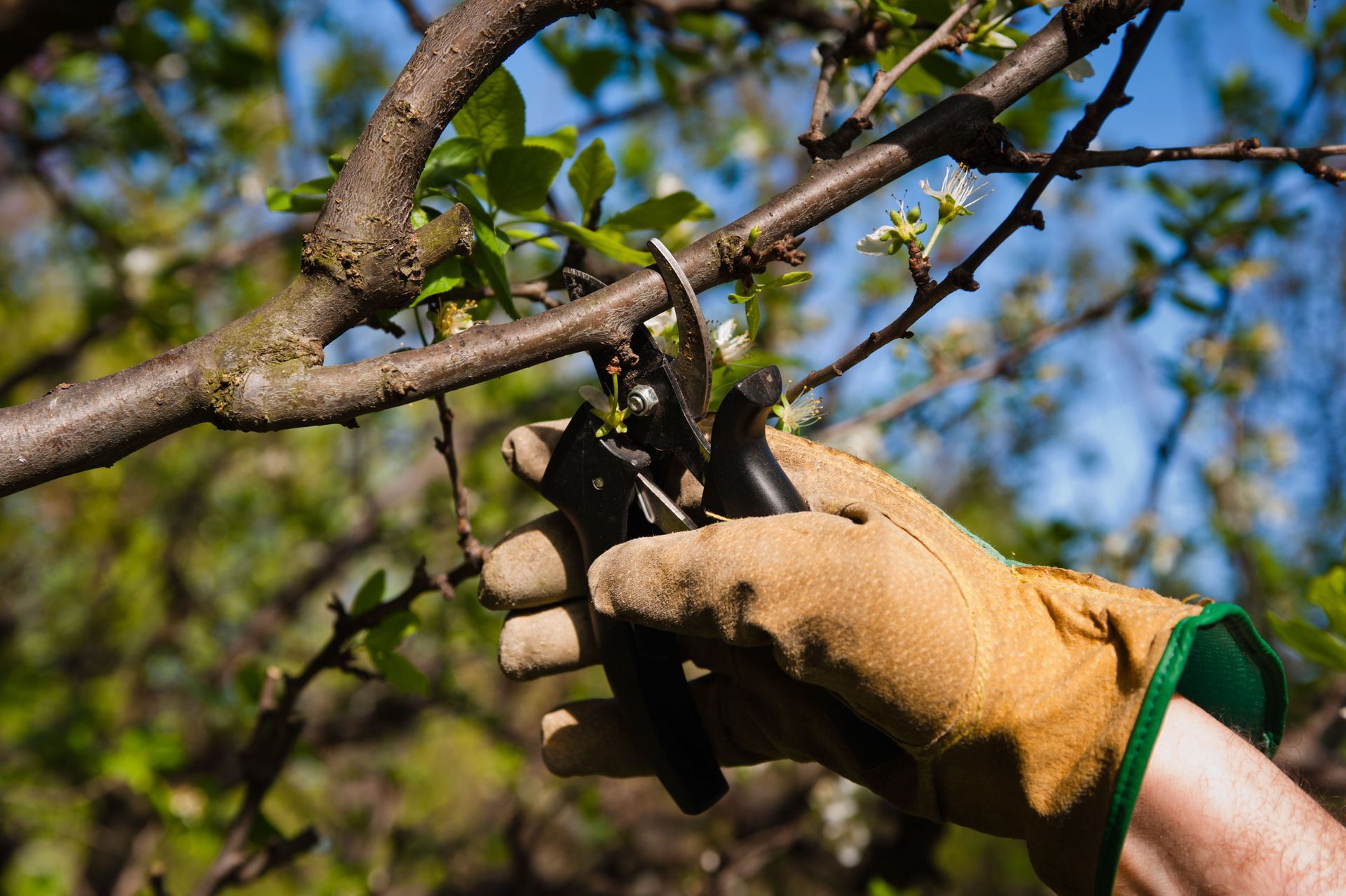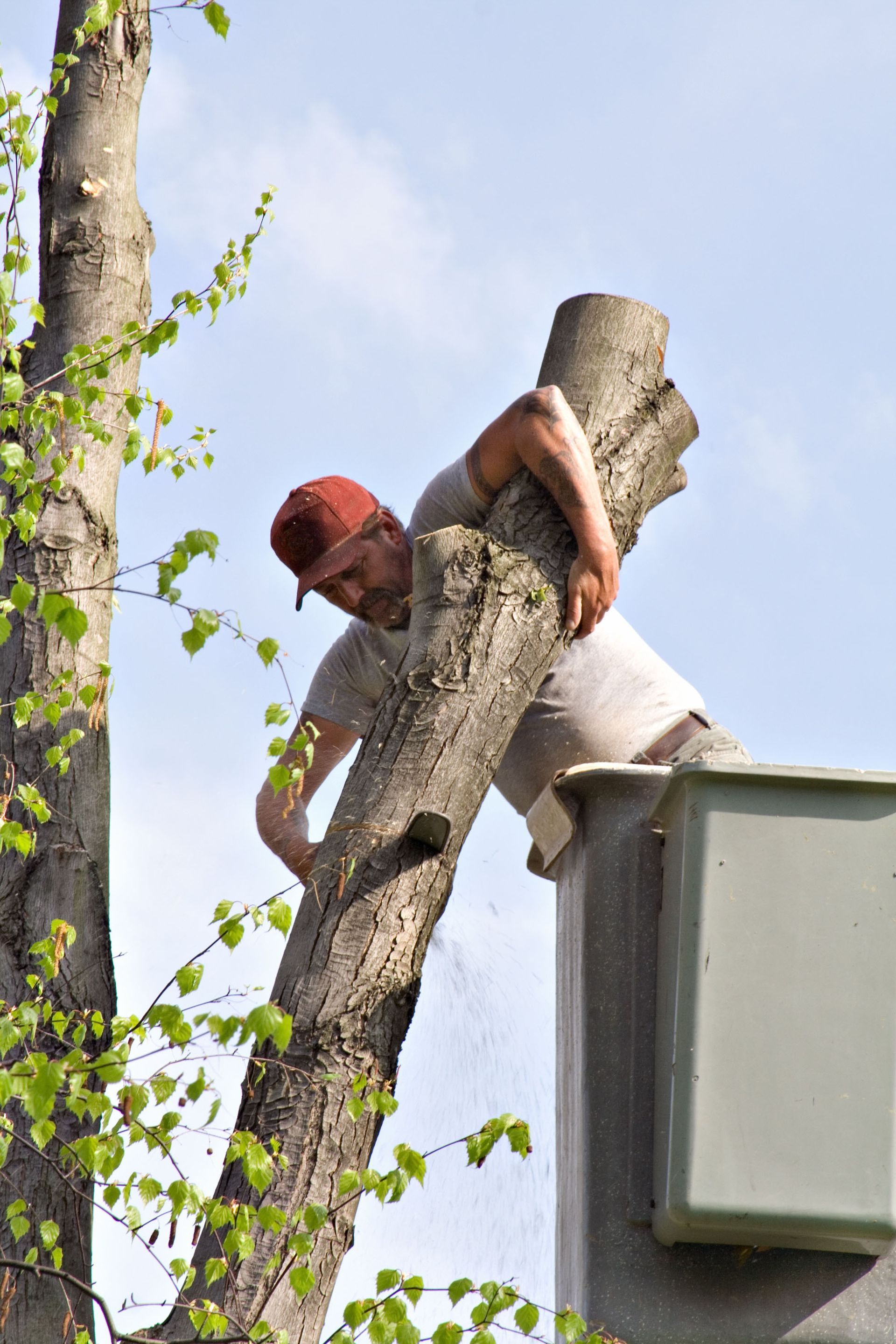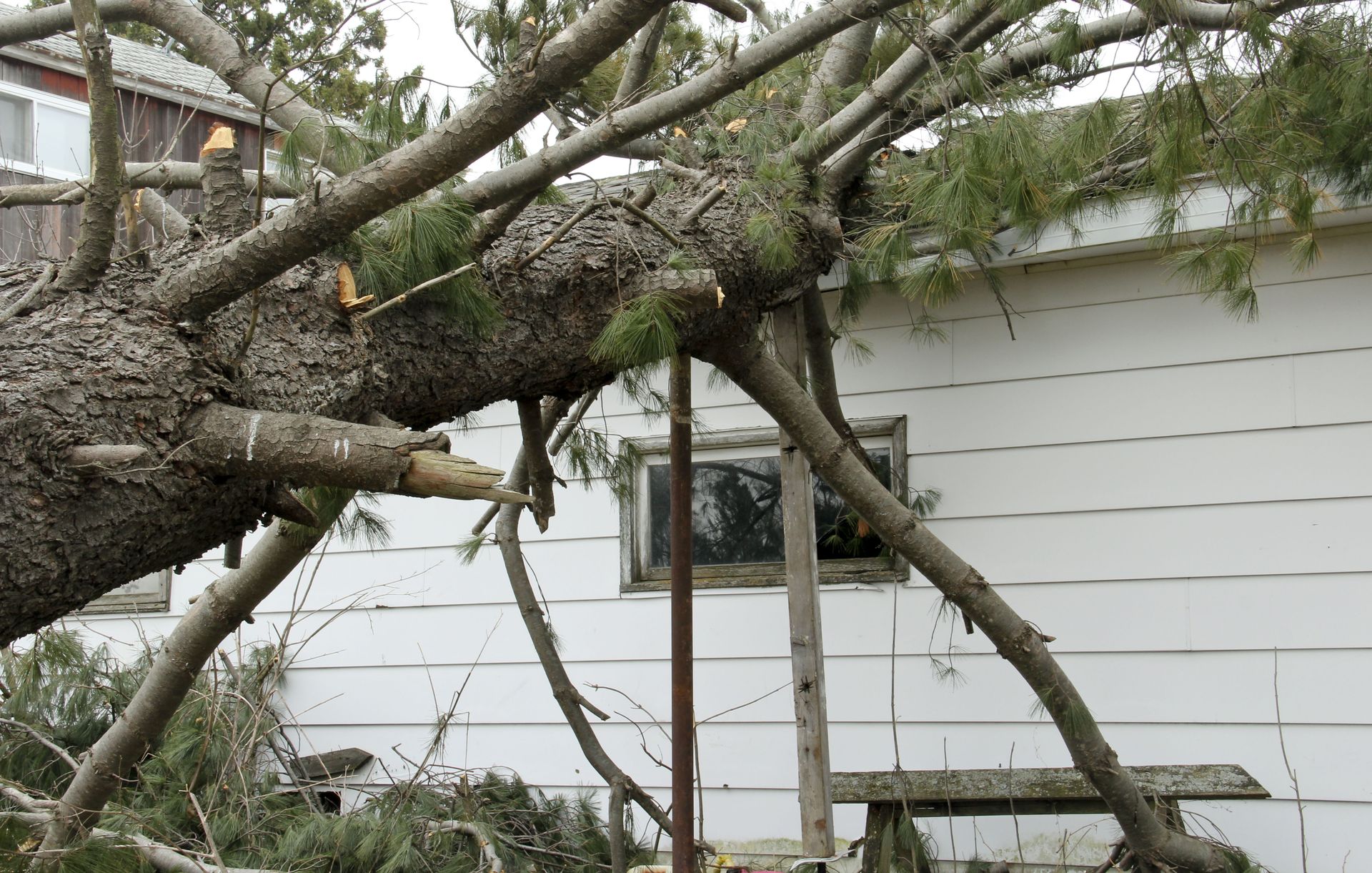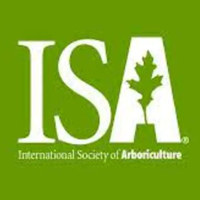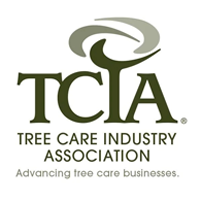October 22, 2025
Tree removal may seem like a simple weekend project that anyone with the right tools can carry out. However, there are numerous risks and hidden costs associated with taking such a task into one's own hands. This article examines the various dangers and financial burdens of DIY tree removal that homeowners should consider before opting out of professional help. While there are successful cases of DIY tree removals, the potential downsides are significant and often underestimated.
1. Safety Hazards Involved in DIY Tree Removal
1.1. Lack of Proper Training
Many homeowners lack the necessary training required to safely remove trees. Arborists undergo extensive training to understand the complexities of tree biology, handling, and removal techniques. Without this knowledge, individuals may misjudge tree weight, structural integrity, or sway, leading to dangerous situations. Even with step-by-step guides, there's no substitute for the insights gained through experience and training. Improper techniques can lead to disastrous outcomes, not just for the tree but for the surrounding environment as well.
1.2. Risks of Using Inadequate Equipment
Inadequate equipment poses a significant risk during DIY tree removal projects. Professional arborists use specialized, well-maintained tools designed for specific tasks, tools that are often inaccessible to the regular homeowner. Attempting to use household tools or rented equipment that is not tailored for tree removal can lead to malfunctions or breakdowns, increasing the risk of accidents or injuries. Without proper equipment, the efficiency and safety of the removal process are severely compromised.
1.3. Potential for Falls and Injuries
The risk of falls and injuries is substantially higher when homeowners tackle tree removal without professional support. Climbing trees or ladders without proper safety gear or training can easily result in slips or falls. Statistically, falls from a height are one of the most common causes of injury in DIY projects. These incidents not only pose immediate danger but can have long-lasting health implications. Ensuring proper safety measures are in place is essential and often overlooked in DIY efforts.
1.4. Unpredictable Tree Behavior
Trees can behave unpredictably, especially when they are stressed or diseased. This unpredictability makes it challenging for an untrained individual to safely control the direction and timing of a tree's fall. Environmental conditions such as wind can further complicate tree behavior, making it more hazardous. According to This Old House, one in 35 homeowners has filed a claim related to wind or hail, indicating the power of natural forces in causing property damage. Controlling a tree removal in changing environmental conditions requires the expertise typically found in professional services.
1.5. Wildlife Encounters
Many homeowners may not consider the potential wildlife encounters that can occur during tree removal. Trees are habitats for various creatures such as birds, squirrels, and insects, which may react defensively when disturbed. Unexpected wildlife encounters can distract or startle, increasing the risk of accidents or falls. Moreover, some animals may pose a health risk through bites or diseases, which can have serious consequences. Professionals are trained to handle wildlife situations, minimizing disruptions to both the animals and the tree removal process.
2. Financial Implications of DIY Mishaps
2.1. Damage to Personal Property
DIY tree removal can inadvertently damage personal property such as homes, fences, or vehicles. Miscalculations in the tree's fall direction can result in branches or entire trees crashing onto structures below. Repairing such damage is often costly and time-consuming. Even minor breakages can lead to unsightly repairs that may affect property value. The financial impact of these damages often outweighs any cost savings intended by opting for a DIY approach.
2.2. Medical Bills from Injuries
Injuries sustained during DIY tree removal can lead to significant medical expenses. Even a minor injury can require costly emergency room visits or follow-up medical care. The financial burden is exacerbated by potential lost wages during recovery time from injuries. For more severe accidents, long-term rehabilitation costs can become significant, adding to the financial strain. Therefore, considering the potential medical costs is crucial when contemplating DIY tree removal.
2.3. Increased Insurance Premiums
Homeowners may face increased insurance premiums after filing claims due to damages or injuries from DIY tree removal. Insurance companies may raise rates if they perceive an increased risk from past claims. Furthermore, filing multiple claims for similar incidents may lead to even higher premiums or coverage limitations in the future. Maintaining a clean insurance record by avoiding risky projects like DIY tree removal is crucial. Ultimately, higher premiums can be a substantial and long-term financial setback.
2.4. Costs of Repairing Utility Lines
DIY tree removal can accidentally damage underground utility lines like water, gas, or electricity. Repairing such damage requires specialized services and can be incredibly costly. In addition to monetary costs, such incidents can interrupt essential utility services, leading to inconvenience and potential safety hazards. Proper assessment and avoidance of utility lines are necessary but challenging without professional expertise. The financial risk of damaging these lines is a serious concern for the DIY approach.
2.5. Penalties and Fines for Violations
Legal requirements often govern tree removal, especially for protected or endangered species. DIY tree removal without proper permits can result in fines or legal actions. Such penalties can increase the project's overall cost, sometimes unexpectedly due to a lack of awareness of local regulations. Moreover, ignorance of such rules is often not accepted as a defense, leading to unavoidable penalties. Ensuring compliance with local laws and regulations is easier with professional services familiar with the legal landscape.
3. Equipment Challenges and Costs
3.1. High Cost of Renting Equipment
Renting the necessary equipment for tree removal can be surprisingly expensive. Chainsaws, protective gear, and other required tools add up in rental fees, often approaching the cost of hiring professionals. Moreover, rental rates may include daily fees, requiring efficient project completion to avoid extra charges. Without experience, many DIY projects run longer than expected, accumulating additional rental costs. This financial overhead often negates anticipated savings from avoiding professional services.
3.2. Maintenance and Storage Issues
Maintaining and storing rented or newly purchased equipment for occasional DIY tree removal can be burdensome. Storage requires adequate space and conditions to prevent tool degradation. Poor maintenance during storage can lead to malfunctioning equipment when needed, compromising safety and efficiency. The cost of maintaining equipment alongside storage concerns adds to the project's overall expense. Professional services eliminate these considerations, offering a convenient and cost-effective alternative.
3.3. Technical Expertise Needed
Using complex tree removal equipment requires technical expertise, which most homeowners lack. Incorrect usage or settings can result in ineffective or dangerous operations. Mistakes with chainsaws or cranes are serious, posing risks to both personal safety and project success. Learning to handle such equipment proficiently is time-intensive, often requiring more than a short tutorial or guide. Professional arborists bring this expertise, ensuring the right tools and techniques are employed for each situation.
While the do-it-yourself approach can be rewarding in many areas, tree removal is a task that should be approached with caution. The potential hazards, both physical and financial, make a compelling case for hiring professionals. Not only do these experts bring the right skills and tools, but they also provide homeowners with peace of mind and a guarantee of safety and efficiency. Prioritizing safety and long-term cost savings should always be at the forefront when dealing with tree removal projects. In summary, investing in professional services yields invaluable benefits, safeguarding both personal well-being and financial security. To get started with tree removal services, contact Brent Wester Professional Tree Services.
